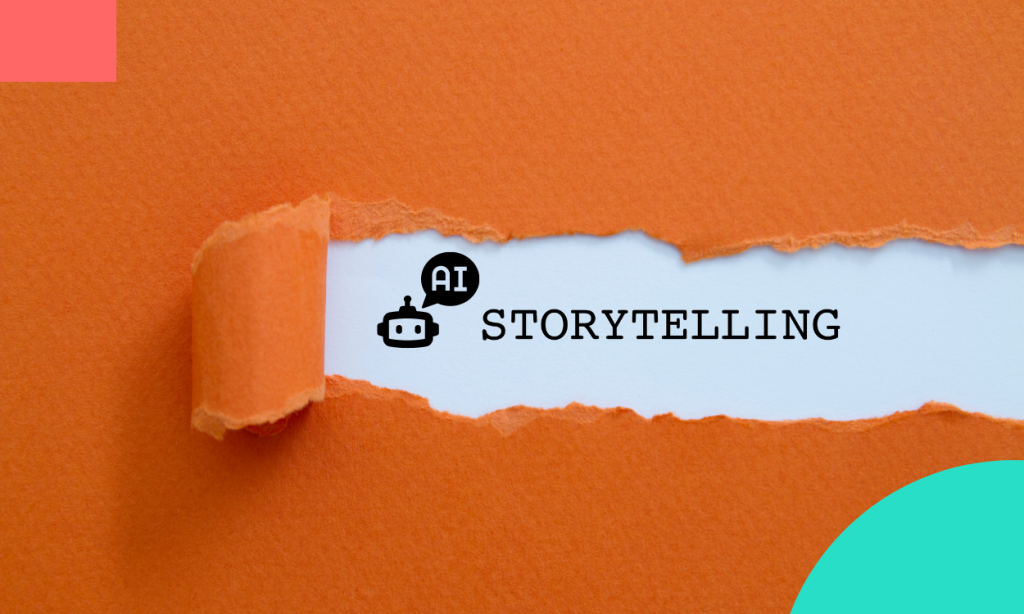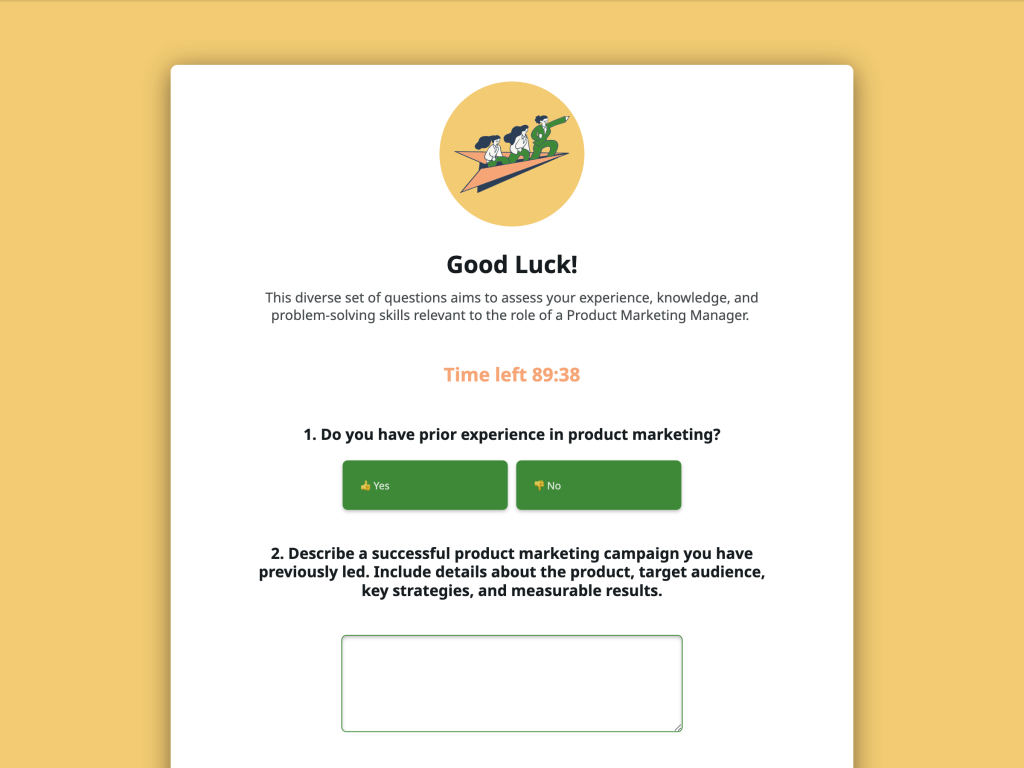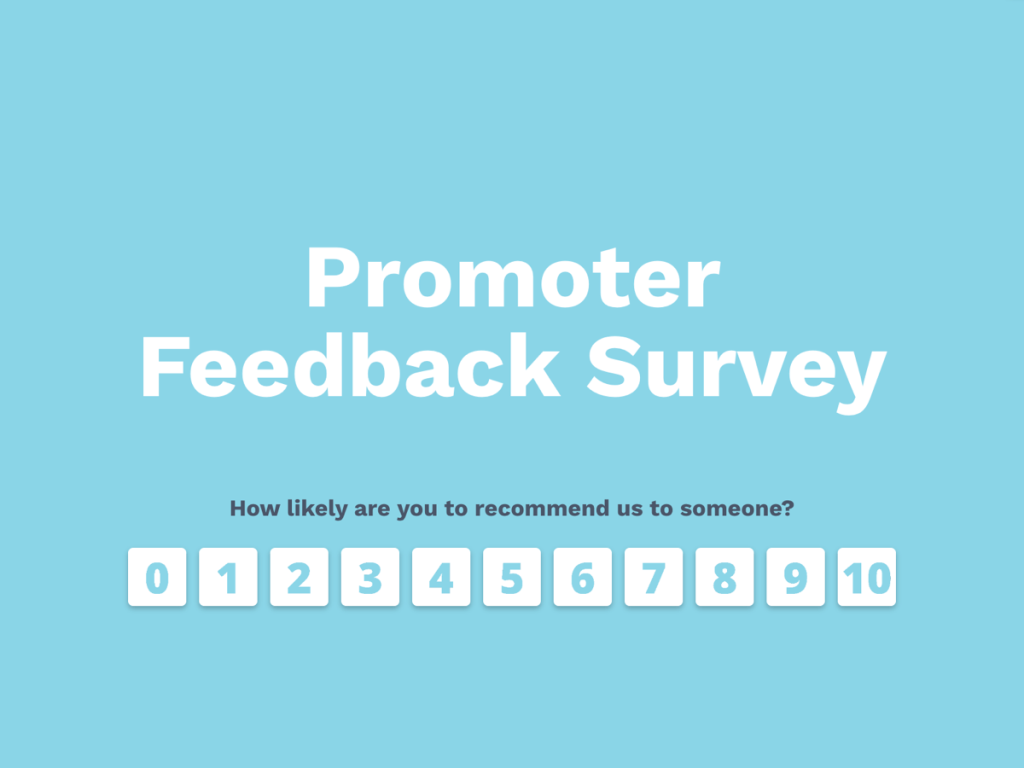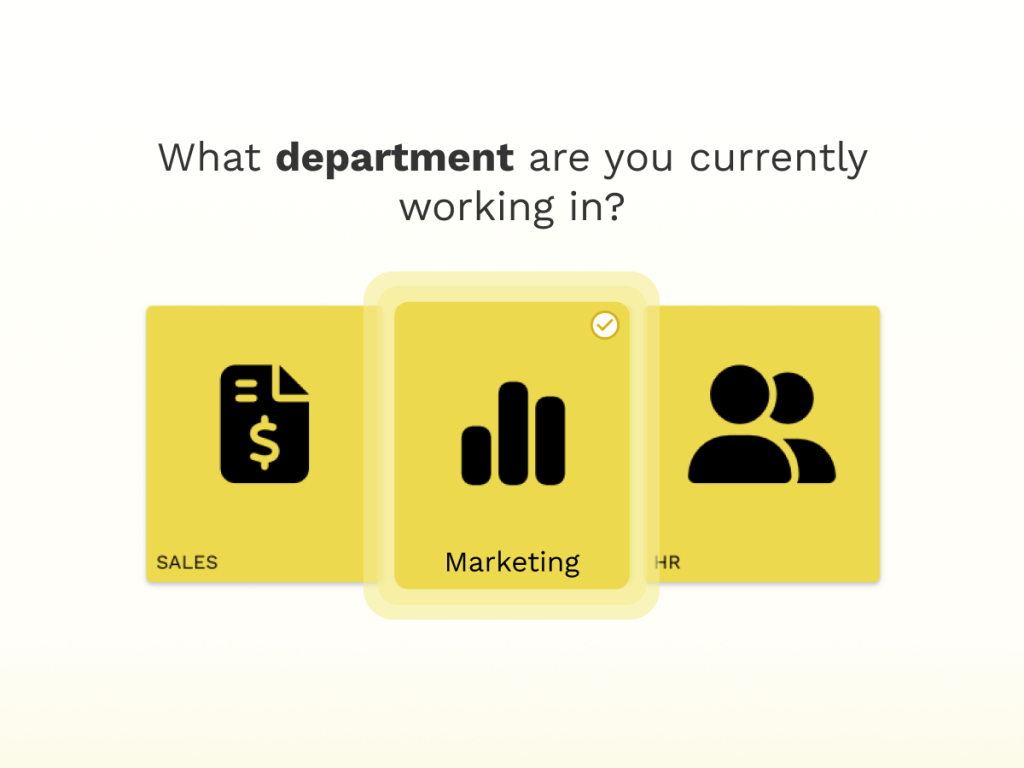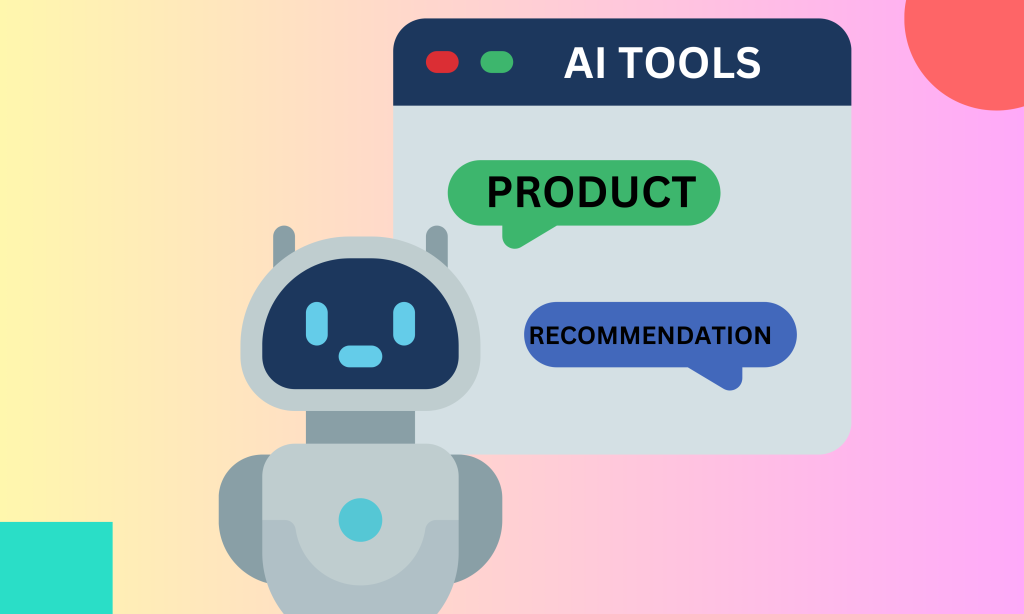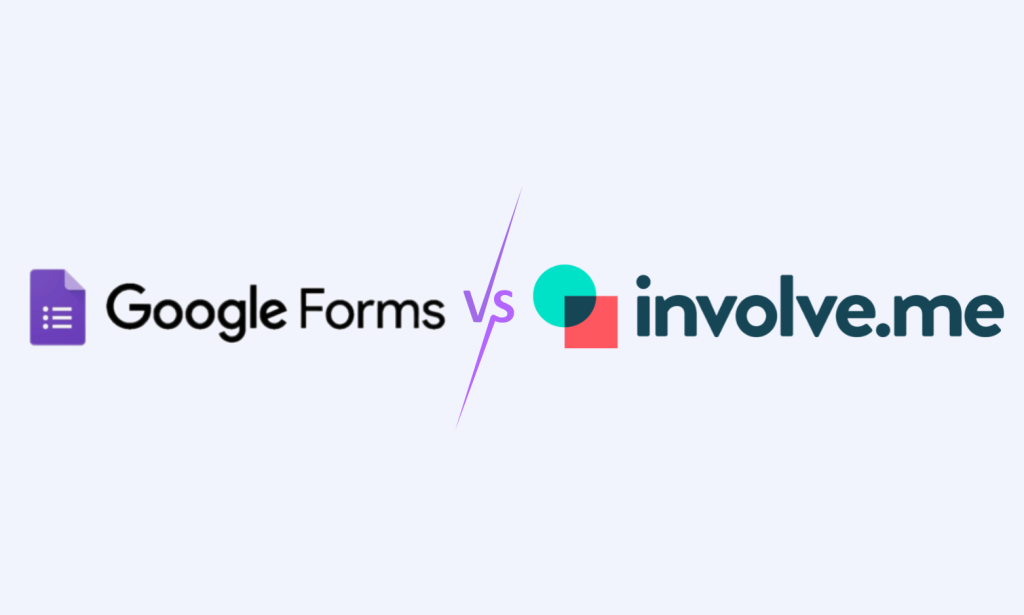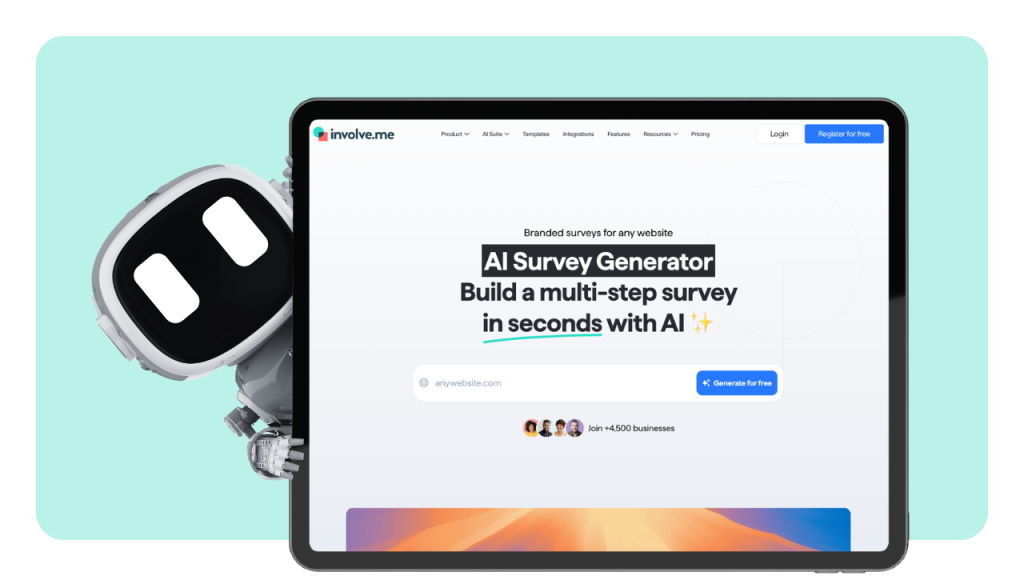Brand storytelling is basically the heartbeat of your brand’s identity. It’s how you weave your mission, vision, and values into a narrative that will make a lasting impression on your audience.
When your story hits the sweet spot, it resonates with people, evokes the right emotions, and ultimately imprints information in their minds.
If you want to achieve this but are daunted by the countless AI-powered solutions that may or may not boost your brand narrative, read on. We’re giving you the lowdown on everything you need to know to use AI wisely and to make waves with your storytelling.
The Branding Manifesto: What You Need to Do Before Using AI Tools
Before rushing into using AI tools to boost your brand storytelling, there are a few essential steps you can’t skip. Why? Because AI is only as smart as the information it receives, so you’ll have to feed it the goods for optimized results.
So, before moving forward, here are three questions you need to make sure you have the answers to:
1. What Is Your Brand’s Purpose?
The purpose will help you clarify what you want your brand to be associated with. A good starting point would be to use your ‘’origin story’’, which is essentially an unbroken thread weaving through time, connecting your current customers to the vision.
Take a look at Notion’s story, for instance, which is inspired by its founder’s frustration with existing “work tools”:
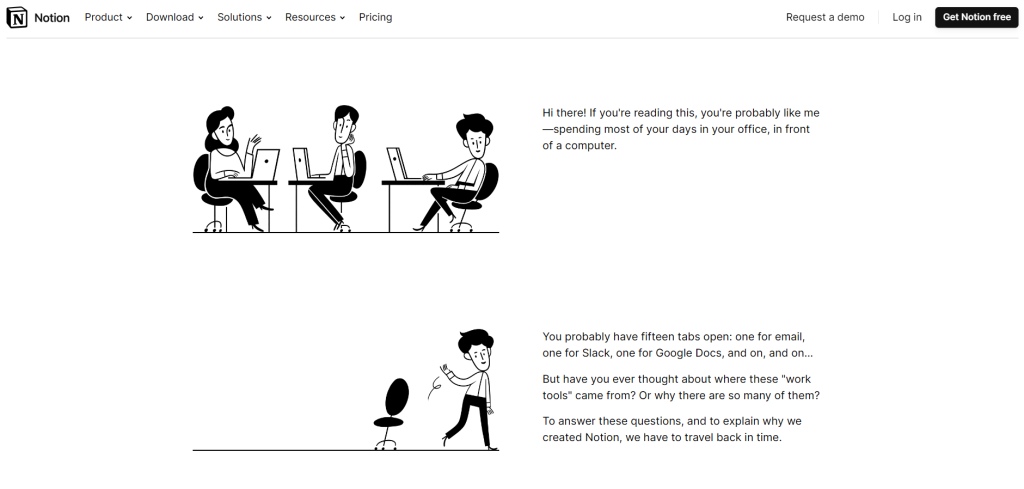
Eventually, Zhao, Notion’s founder, set out to build an all-in-one workspace that would empower individuals and teams to flexibly and intuitively organize their work and ideas.
After reading this (and probably relating to it), don’t you feel compelled to at least take a closer look at Notion?
That’s precisely the impact of a clear brand purpose on your brand storytelling.
2. What Are You Promising Your People?
A brand promise sets expectations for the customer experience, helps you showcase your brand’s most significant features, and guides you through using the right AI tools based on the specific value you’re keen on providing your audience with.
To create an unforgettable experience, you must know your people on a deeper level. For this purpose, the Hero’s Journey stands out as one of the go-to storytelling frameworks that you can use to establish a customer-centric foundation for your narrative.
Following an emotional arc, this framework centers around the hero – your brand’s would-be-customer in this case – detailing their struggles, how your solution came to their rescue, and the (presumably) victorious resolution at last.
3. What Is Your Brand’s Personality?
Your brand's personality is its essence - it's how it communicates, its values, and its visual identity. Essentially, it's how you present yourself in the business arena. It also plays a crucial role in shaping people's perceptions and interactions with your company.
To define your brand’s personality, you can refer back to the Brand Archetypes Framework, which is based on the work of Carl Jung, the founder of analytical psychology. Through this, you can pick the archetype that best aligns with your ideal customer’s personality, thereby enhancing how you tell your brand story.
This article by Adobe is also a great resource that can inspire some of your brand’s traits.
How to Use AI Tools to Boost Your Brand Storytelling
In essence, brand storytelling is the “secret sauce” for forging emotional bonds with your audience. From a marketing perspective, it’s what will help you gain people’s trust.
Artificial intelligence makes data analysis a breeze, to say the least. Here are some common and highly effective ways AI tools can help you make informed decisions more efficiently:
Analyzing Content Performance
With the right AI tools, you can assess the impact of your brand story by analyzing the performance and outcomes of your marketing campaigns. Tools such as Google Analytics and Sprout Social, for example, provide detailed reports on the reach, engagement, and conversion rates of your content.
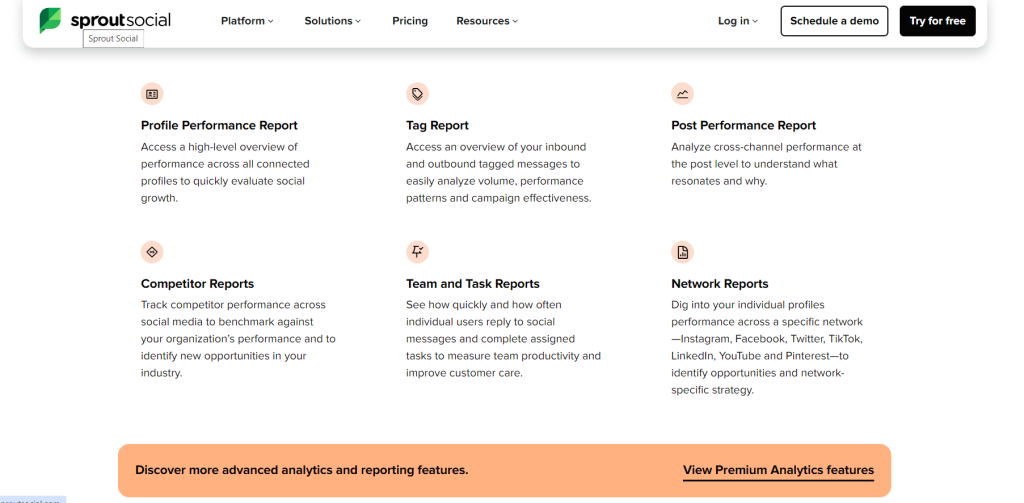
Analyzing Audience Behavior and Feedback
You can also use AI tools to analyze your audience's behavior and address their feedback, questions, or complaints.
Hotjar, for instance, offers a website heat mapping tool that enables you to monitor how visitors interact with specific pages of your website.
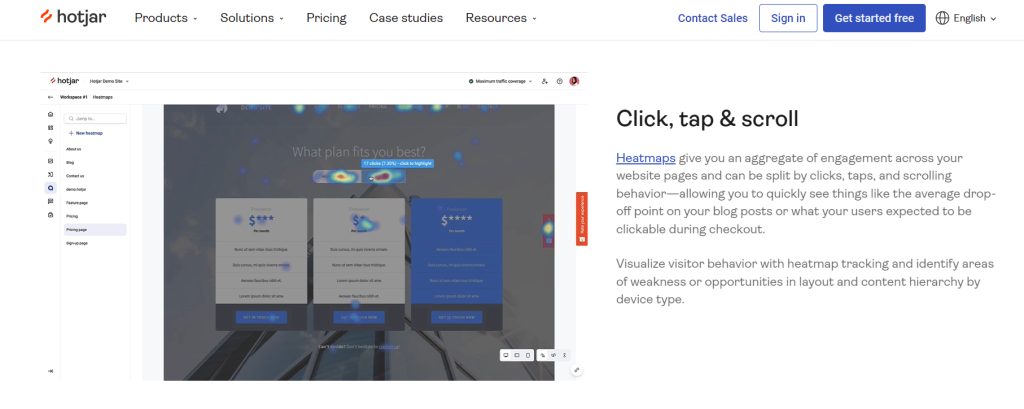
If you have used involve.me to collect data/ feedback, such as through quizzes, surveys, and personality tests, you can also benefit from our detailed analytics dashboards for each project you create.
Here's an example of a report that involve.me can generate based on open-ended feedback collected via custom forms:
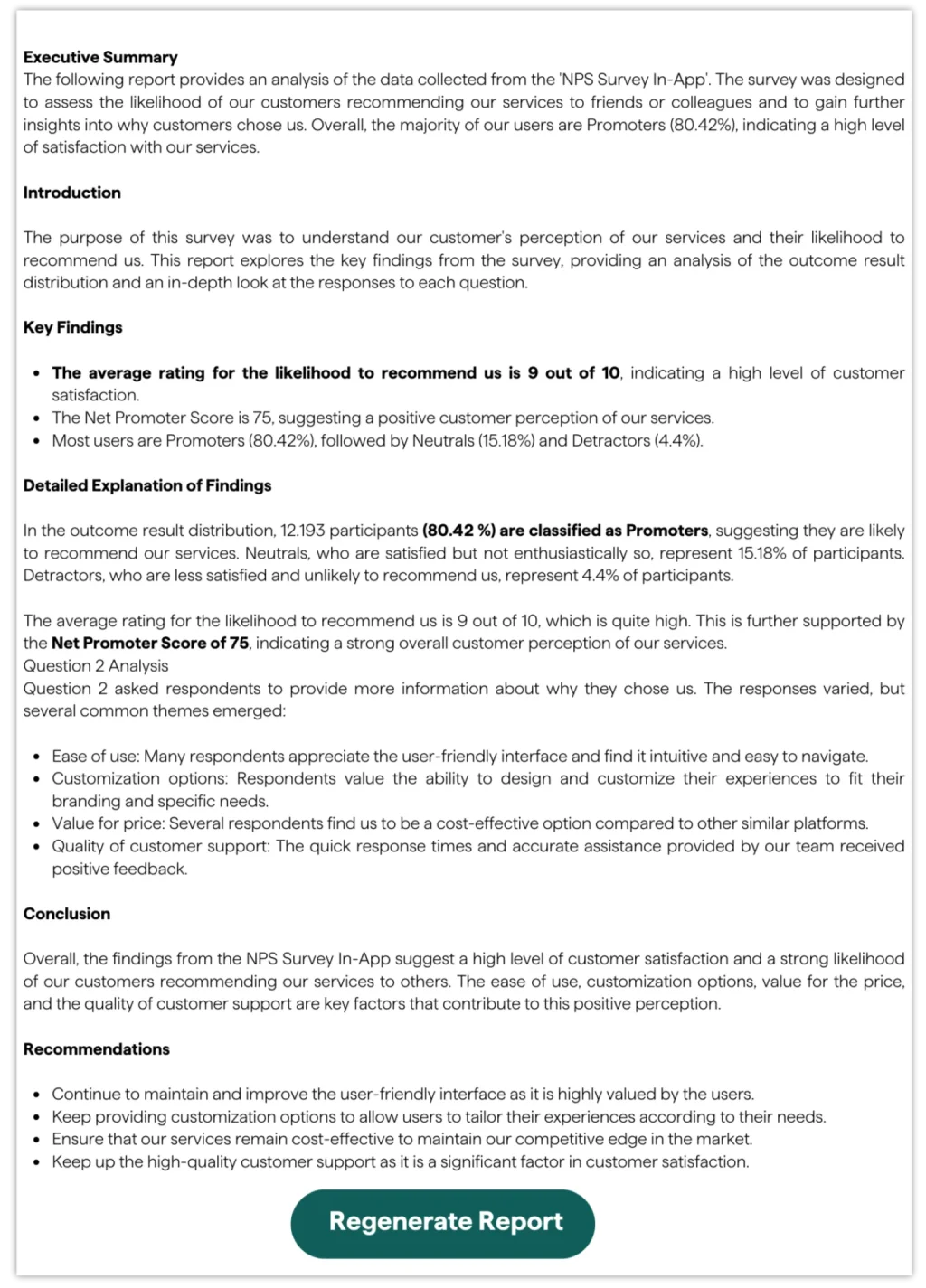
The information displayed in this graphic is not actual, as we must ensure the protection of sensitive company data.
At first, you can use involve.me AI form generator to create a branded form you need (contact form, feedback form, for example), then use involve.me's AI Insights to generate a report. This will save you a lot of time and resources.
You may also want to consider using a tool like Brandwatch for social media listening and sentiment analysis to gain a deeper understanding of customer sentiment across different social media platforms. This can help you identify and understand the factors that influence their decision-making, such as their emotions, motivations, or pain points, enabling you to adjust your stories and content accordingly.
Creating Targeted Content
Artificial intelligence powers content, perfect for shorter attention spans.
Examples of such content include quizzes, polls, surveys, calculators, assessments, infographics, games, and virtual tours.
This type of content used to require intricate coding, but now, thanks to AI, it's possible to effortlessly create such content.
With the help of involve.me AI-powered form builder, you can create compelling lead magnets, different types of quizzes to get to know your audience better, and in-depth feedback surveys that people actually want to participate in.
Create your form with AI
Just paste your URL & click generate
Check what types of funnels you can create to generate leads:
Create Lead Magnets
Check pre-designed templates
"Advertise with us" Funnel Template
Cleaning Service Price Calculator Template
Inflation Calculator Template
Job Skills Assessment Form Template
Promoter Feedback Survey Template
Career Quiz Template
A/B Testing
A/B testing is an essential practice that should never be overlooked as it provides solid insights into what kind of content converts more visitors into customers. AI tools can accelerate your tests and speed up the process of learning from results by uncovering best practices for future content.
When it comes to brand storytelling, this allows you to pinpoint the most effective ways to forge a solid emotional connection with your people and provide them with content that strikes a responsive note.
Optimizely Web Experimentation is a great tool in this respect that lets you set up and run A/B tests and other types of tests. Its versatility allows you to conduct experiments at any scale across different devices and channels.
Alternatively, you can go for Google Optimize, which is also very handy due to its easy experiment creation, precise targeting options, and robust statistical analysis tools. You can easily integrate it with Google Analytics, as well, to enrich your data insights and make more informed decisions that drive better results.
Making Predictions
Predictions are an integral component of any solid market research if you really want to stay ahead of the curve and identify the most promising opportunities to pursue.
For this purpose, a widely acclaimed tool like Trend Hunter can be your best friend. It uses AI algorithms to analyze vast data sets, pinpointing emerging trends across various industries.
With this knowledge, you can tailor your brand narrative to perfectly align with your audience’s preferences. Instead of just shooting in the dark, you can craft an experience that truly resonates with your people, cultivating happier customers and a more memorable brand.
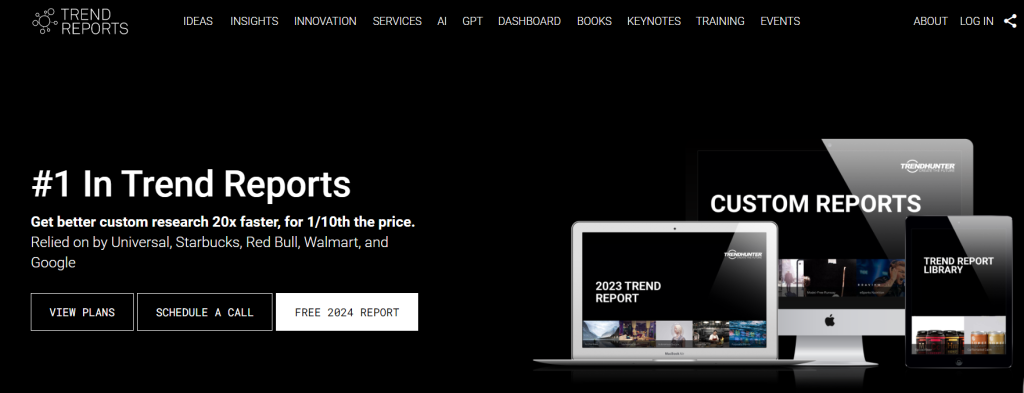
Reporting
Creating quarterly reports previously required data analysts and marketers to sift through mountains of data from various platforms for a couple of key insights.
Today, AI tools such as Whatagraph and Funnel.io streamline this process by analyzing data in no time, generating instant progress reports, and bringing it all together into sleek presentations. This saves you so much time that you could spend fine-tuning your brand storytelling strategy for optimal results instead.
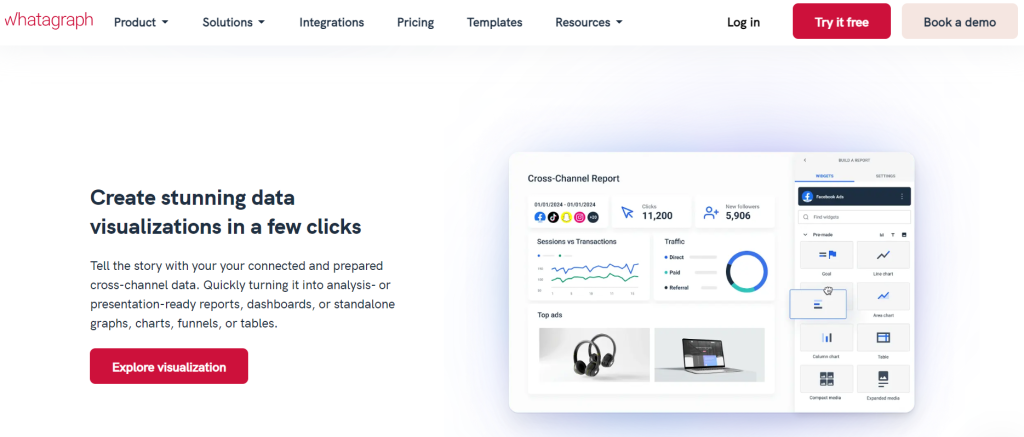
Personalizing Content at Scale
Personalized messages are like a friendly invitation – they are more likely to be noticed, understood, and responded to because they speak directly to what your audience cares about.
Through personalization, you can create a sense of direct communication with your audience.
To do this, refer back to the hero’s journey mentioned earlier to construct narratives that speak to different segments of your audience and touch upon different pain points based on their personalities, unique needs, challenges, and aspirations.
Many excellent AI tools are available to help you build meaningful connections with your audience and tell your story based on each segment's place in the customer's journey.
Adobe Target is such platform that uses AI and machine learning to provide personalized content, product recommendations, and experiences across websites, mobile apps, and other digital channels.
Another excellent tool is Twilio Segment, a customer data platform that helps segment your audience based on behavior, demographics, and more, allowing for more personalized messaging and content delivery.
Personalization in Action
Farfetch teamed up with Phrasee to use artificial intelligence for creating personalized email content that matches their audience's preferences, boosting their email marketing strategy.
Teaming up with Phrasee, a global leader in brand language optimization, Farfetch experimented with various styles, tones, and messages to identify the most effective language for its audience.
According to Phrasee, the results were impressive:
“Since adopting Phrasee’s AI-optimized content, FARFETCH has secured some seriously impressive results, including 38% average click rate uplift and 31% average open rate uplift across its trigger campaigns (such as abandoned basket and browse), and 25% average click rate uplift and 7% average open rate uplift across its promotional broadcast campaigns (such as sales and offers). “
Boosting Your Creativity
Stubborn content blocks happen to the best of us.
Thanks to tools like ChatGPT, though, I can now overcome blank screen panic by using it as my brainstorming sidekick. It also sometimes helps me come up with titles and outlines for blog posts, serving as a springboard for content creation.
But content creation isn’t limited to writing alone. There are many ways to use AI tools for other creative endeavors to spark or even execute your ideas with an out-of-the-box twist.
Coca-Cola’s “Masterpiece” advert is an outstanding example of just that. This critically acclaimed video ad breathes new life into the world's most renowned artworks by seamlessly blending AI-augmented animation with live action:
Masterpiece is an extension of Coca-Cola’s “Create Real Magic” campaign, which encourages artists to use its digital platform to create images using Coke’s assets, with the winning images being showcased on billboards in New York and London.
Coke has mastered the art of crafting an outstanding brand narrative and delivering a memorable customer experience by engaging with artists and art enthusiasts and speaking their language.
Streamlining Processes
In a practical sense, AI is helping to automate time-consuming marketing tasks, allowing you to make more time to polish your strategic brand storytelling.
AI tools can, for instance, analyze search trends and keywords probably faster than you can say "SEO." You can also use AI-powered image generators to customize your visual elements in no time instead of using stock images.
In short, when you let AI do the heavy lifting, you can finally focus on the bigger picture and construct a brand narrative that leaves a mark.
Key Considerations When Using AI-Powered Solutions
Of course, using a relatively new technology always requires caution. Artificial Intelligence, especially, still has a long way to go before we can deem it fully reliable. That’s why it’s important to pay attention to the following points:
Beware of Bias
AI isn’t foolproof – it’s only as unbiased as the data it chews on. That’s why it’s crucial to make sure you’re serving up data that is diverse and inclusive. Otherwise, you may be perpetuating the same old stereotypes with your AI-driven data insights and content.
Ensure Data Privacy
AI thrives on large volumes of data to power different processes. This can often - justifiably - raise some serious privacy concerns. Brands need to ensure they’re collecting and using data responsibly and ethically, prioritizing transparency in their practices, and protecting user information.
Maintain Quality Control
While AI can create content at lightning speed, it won’t always hit the mark. Sometimes, you’ll get content that’s off-brand or just plain low-quality.
To effectively manage this, you need to ensure that AI-generated content is up to your standards and perfectly matches your brand’s vibe. Human monitoring is crucial in this context; AI can’t (and shouldn’t) do it all solo. You should also watch out for those AI Hallucinations – they’re no joke.
Best Practices to Maximize AI’s Potential
I might have made this seem easy (at least I hope I did) but I’d understand if it still feels overwhelming. Navigating the intersection of storytelling and artificial intelligence is legitimately a very delicate task. This section provides you with a few tips to hopefully take this down a notch:
Start Small
Start small, test big – that’s how you roll. It’s best to start by incorporating AI into a specific aspect of brand storytelling, such as sentiment analysis or researching trends. As you can experience and confidence, you can then gradually expand your horizons. And remember, even baby steps count.
Monitor and Adjust
It’s important to keep tabs on how it’s performing against your KPIs. AI is not a set-it-and-forget-it-deal, and you shouldn’t shy away from experimenting to find your sweet spot and tweak your branding strategy accordingly. Staying adaptable means your brand continues to evolve to reach its full potential.
Stay Grounded in Your Values
While tactics and narratives may shift, your purpose should remain steadfast. That's what fuels your brand. Yes, using AI and diverse formats enables personalized, and even precise storytelling. However, true relevance hinges on understanding your core audience on a human level. Authentic connection stems from meeting their needs, not from chasing fleeting trends.
The Essence of Brand Storytelling Remains Human
Especially with the rise of AI and the evident prevalence of “fakeness” of a lot of AI-generated content that occurs due to minimal human intervention, many of us are left craving authenticity in the digital world. That’s why brands need to note that genuine storytelling does and probably (hopefully) always will transcend AI-generated messaging.
As technology advances, maintaining creativity and empathy remains essential for businesses to stay true to their narrative while embracing new methods of audience engagement.
The key is to combine new digital tools with basic human desires for meaning, connection, and inspiration. This ensures your brand grows authentically while connecting with your audience in meaningful ways.
Create your form with AI
Just paste your URL & click generate

